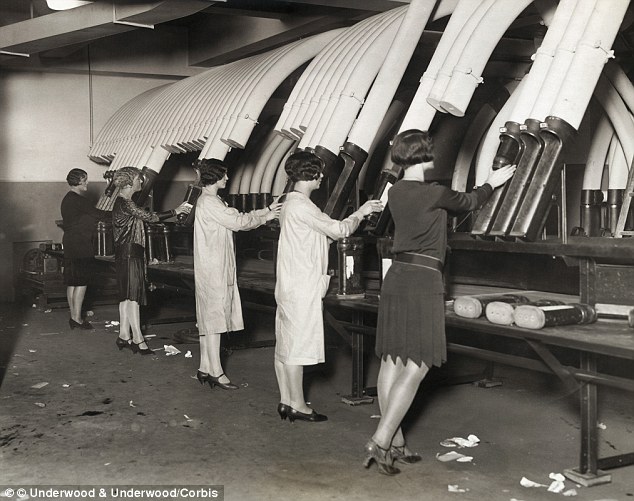By Anupum Pant
Molasses is a thick dark liquid that is obtained while refining of sugarcane into sugar. It can be fermented to produce rum and ethanol, and is also a key component in the manufacturing of munitions. Now who would have thought that something so sweet, before having put into ammo, could actually be deadly.
Just after the Redsox had won the world series in the year 1918, and Boston was full of energy, something unexpected happened.
It was January 15th 1919, the weather was pleasant and there wasn’t any snow. On Copp’s hill a massive steel tank 240 feet in diameter and 50 feet in height had been filled with fresh molasses which would later be used for what it was used – making rum and ammo.
At 12:30PM a loud roar was heard. It was the sound of that tank exploding. 2.3 million tonnes of molasses, which was chilled before had expanded and exploded the tank. The tank too probably wasn’t very well built. According to researchers, the steel used to make it had a bit too much manganese in it and the walls were just too thin to hold that much molasses.
A 50 foot wave crushed everything in its way. It destroyed about 2 city blocks of everything. 21 victims stuck in there got crushed and suffocated.
more [onenewengland]


